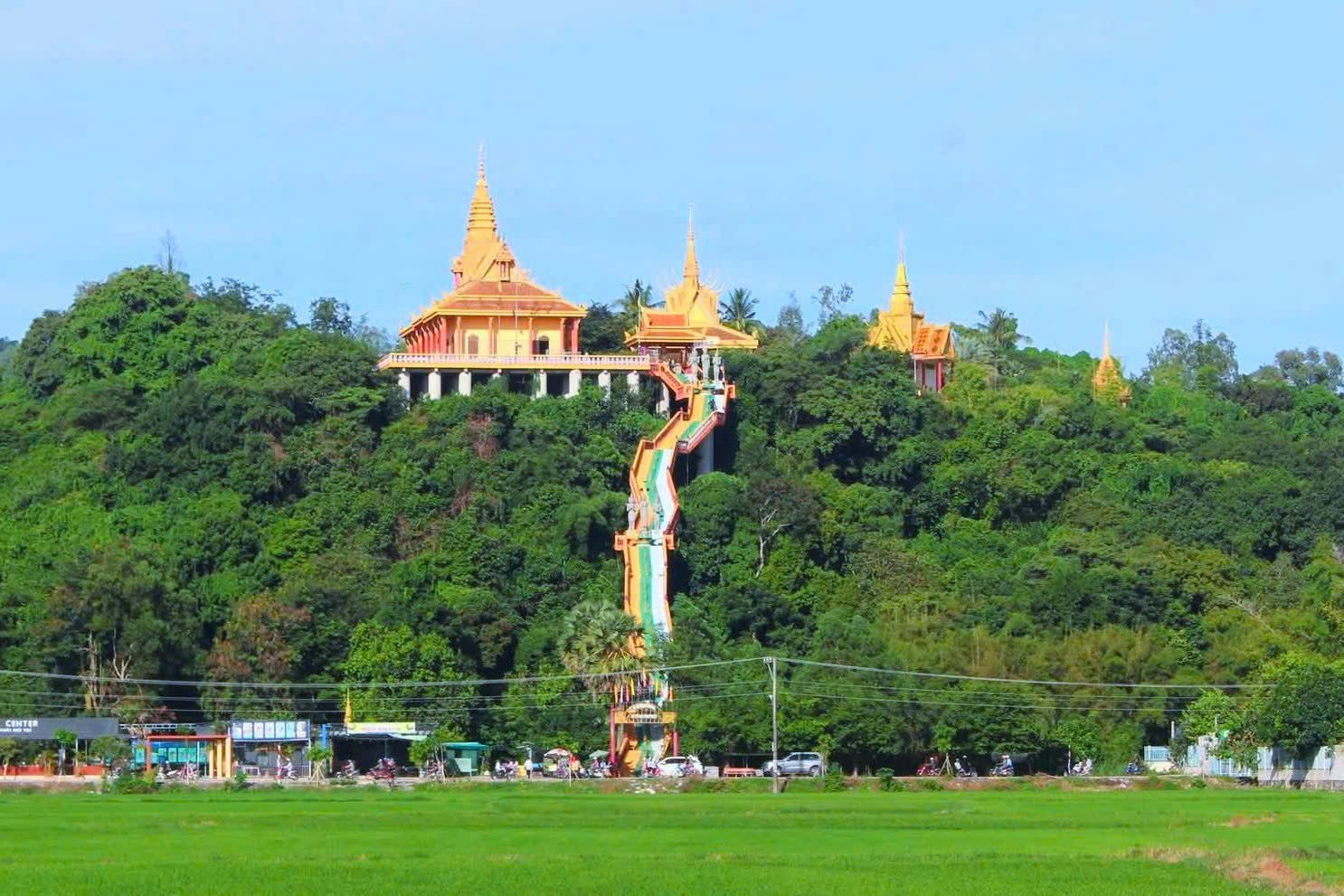
An Giang has long been known as the most spiritual land in the Southwest. Located at the border junction, where Kinh, Khmer, Chinese and Cham people live together, the province has formed a rich system of pagodas and temples with many different styles. Each construction has its own cultural and religious mark, but when placed next to each other, they blend together to create a common identity that is difficult to confuse.
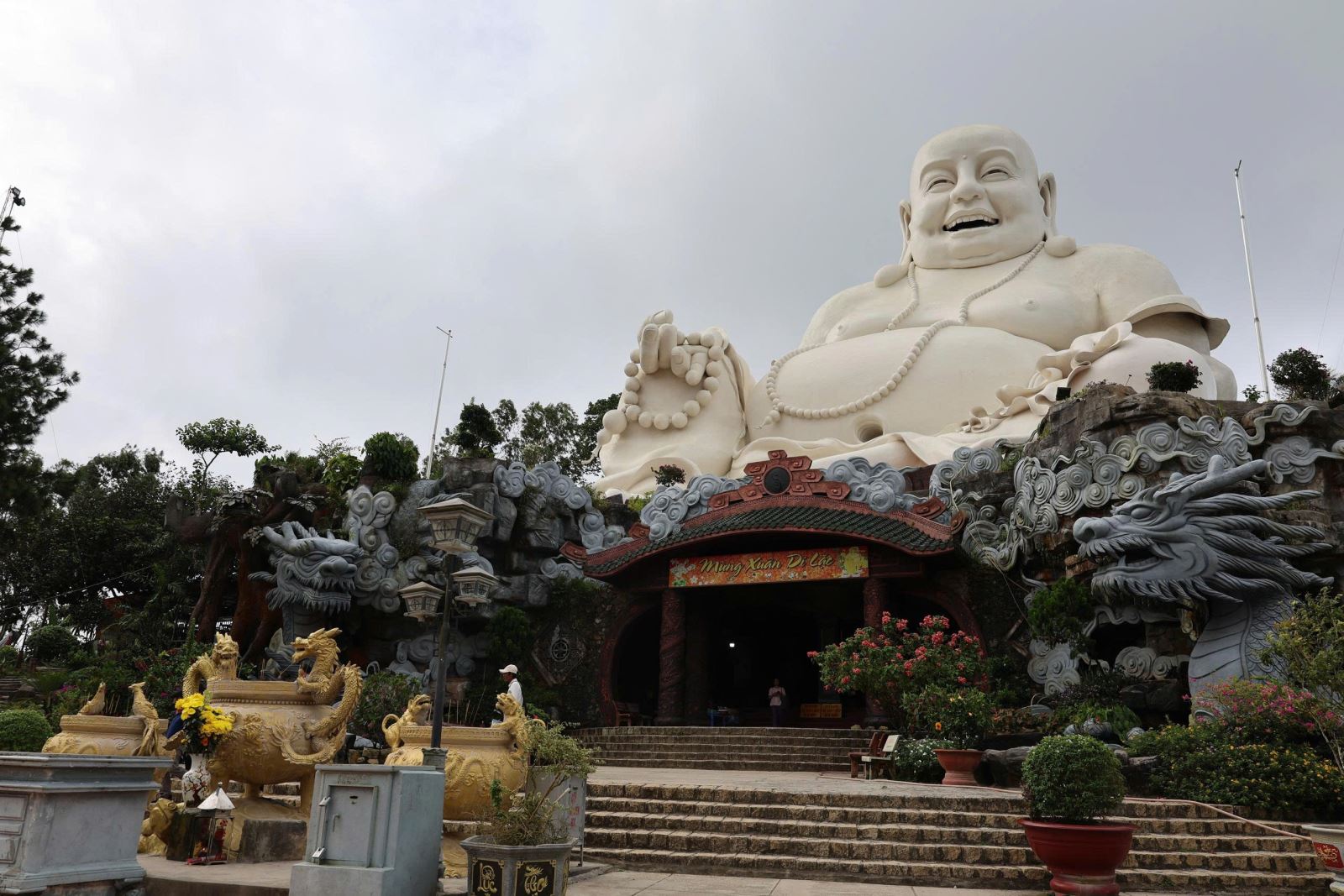
One of the most famous destinations is the Ba Chua Xu Temple on Sam Mountain (Chau Doc). The building has a strong Asian character with a three-tiered roof, blue tiles, and sophisticated dragon and phoenix patterns. Inside, an ancient green stone statue of the Lady is solemnly worshiped, a place where millions of pilgrims gather to believe each year. This is not only a spiritual tourist destination but also a testament to the enduring vitality of the Southern folk culture.
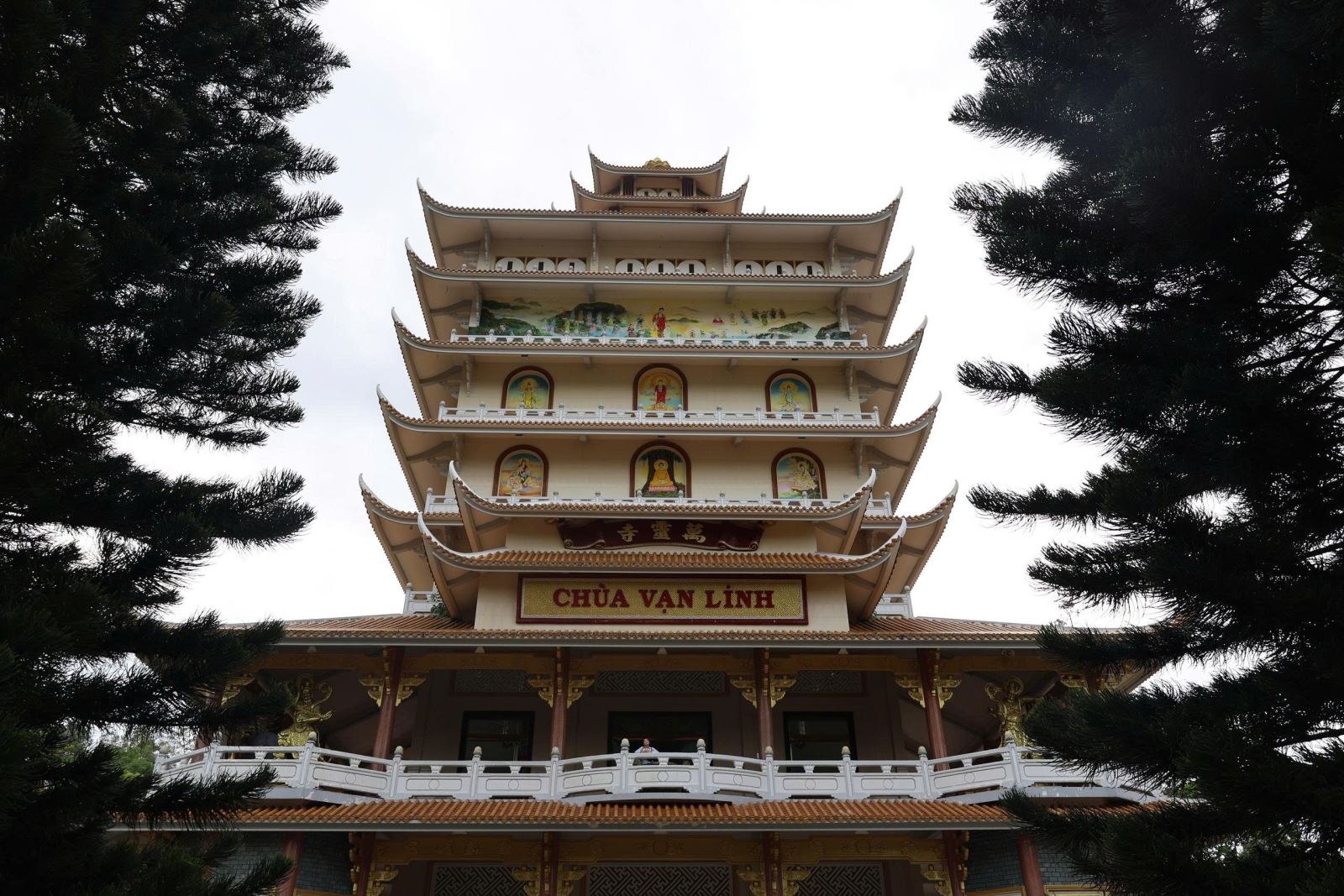
During their journey to explore An Giang, many tourists expressed their surprise and delight at the diversity of architecture. Ms. Hong Tien, a tourist from Ho Chi Minh City, shared: “I really enjoy exploring pagodas in An Giang because each place has its own beauty. At Cam Mountain, Van Linh Pagoda appears majestic with its soft curved roof and soaring bell tower in the clouds. In particular, the giant Maitreya statue at Phat Lon Pagoda made a strong impression on me, evoking a sense of peace while showing the creativity of modern architecture combined with tradition.”
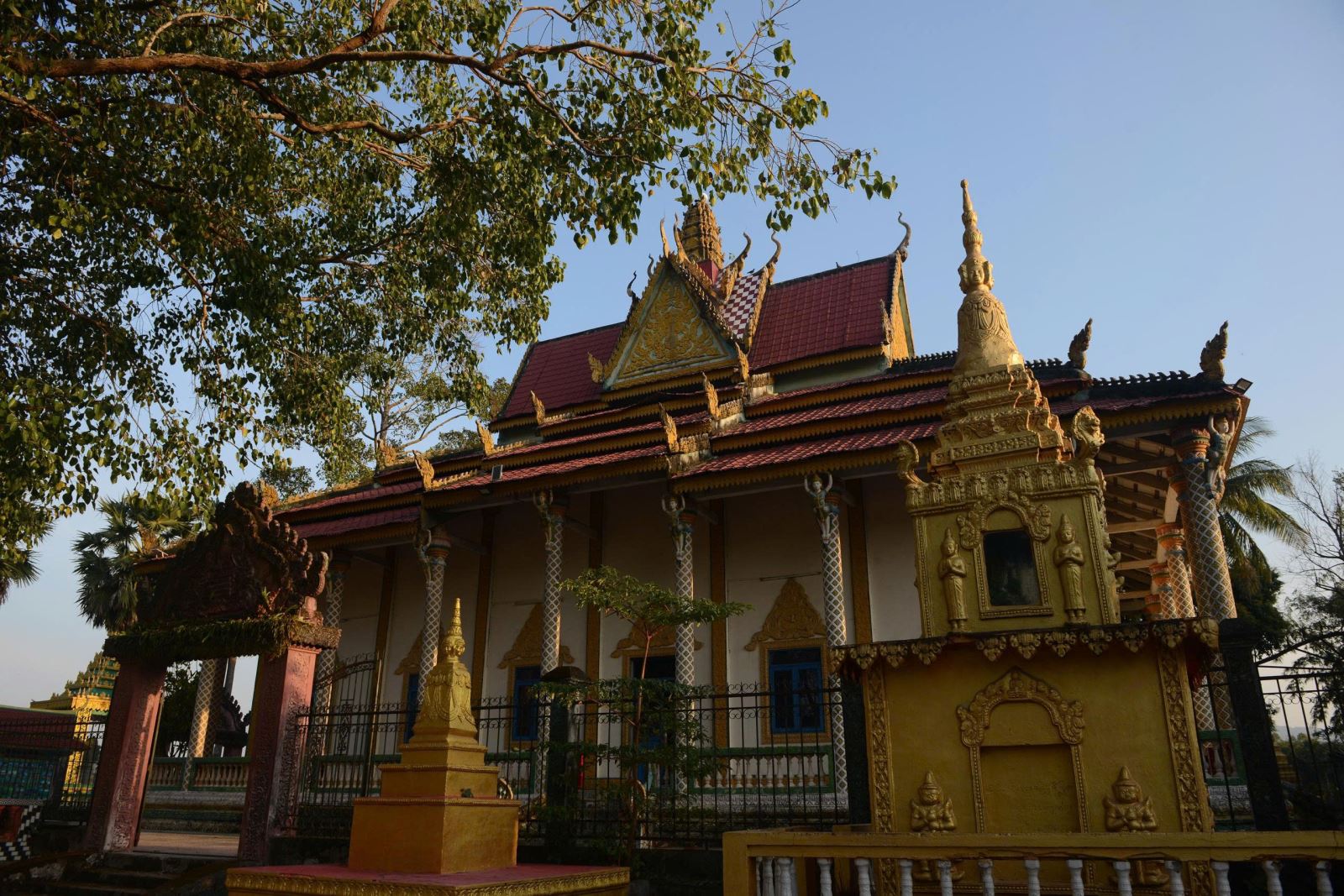
Not only Kinh Bac Tong pagoda with its curved tiled roofs, An Giang also owns many works of the Khmer, Chinese and Cham communities. The Khmer Southern pagodas are colorful, with layers of tiled roofs, dotted with images of the snake god Naga or the bird god Garuda. The Chinese pagoda has Chinese features with yin-yang tiled roofs, dragons and phoenixes winding on the reliefs. Meanwhile, the Cham mosque stands out with its curved arches and Arabic patterns, creating a rare highlight in the West.
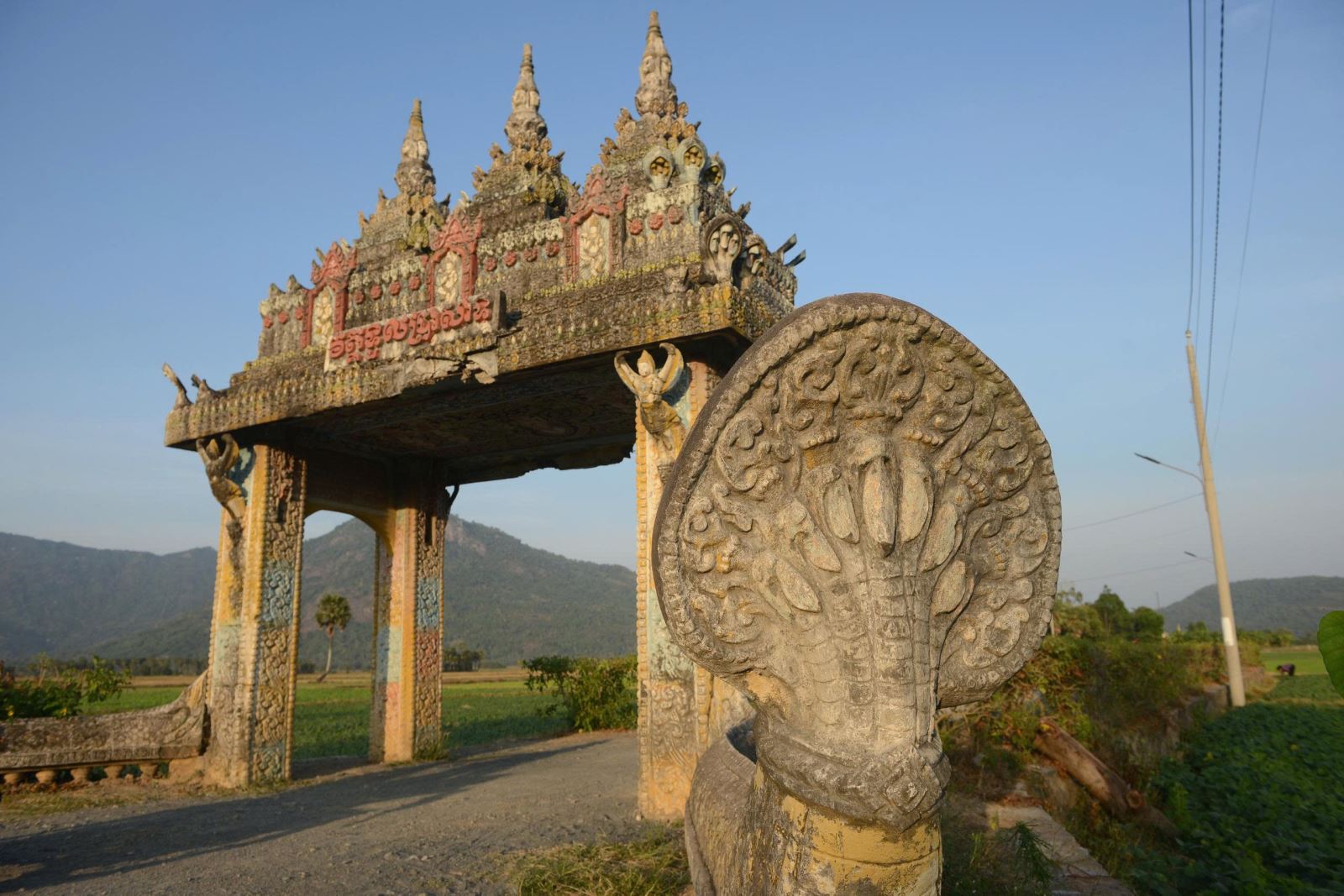
According to Mr. Nguyen Minh Man, Deputy Director of Vina Group Tourism Company, this diversity is the special advantage of An Giang: "Cultural works with different religious colors have together created a unique harmony. It is this long-standing coexistence and exchange that has turned An Giang into a destination not only for pilgrimages but also for those who are passionate about cultural exploration."
"In particular, thanks to the richness of religious architecture, An Giang has become a "living museum" of the South. The common points in location, scale and community role have created a unified identity, while the differences in architectural styles bring a colorful picture, attracting tourists," Mr. Nguyen Minh Man added.
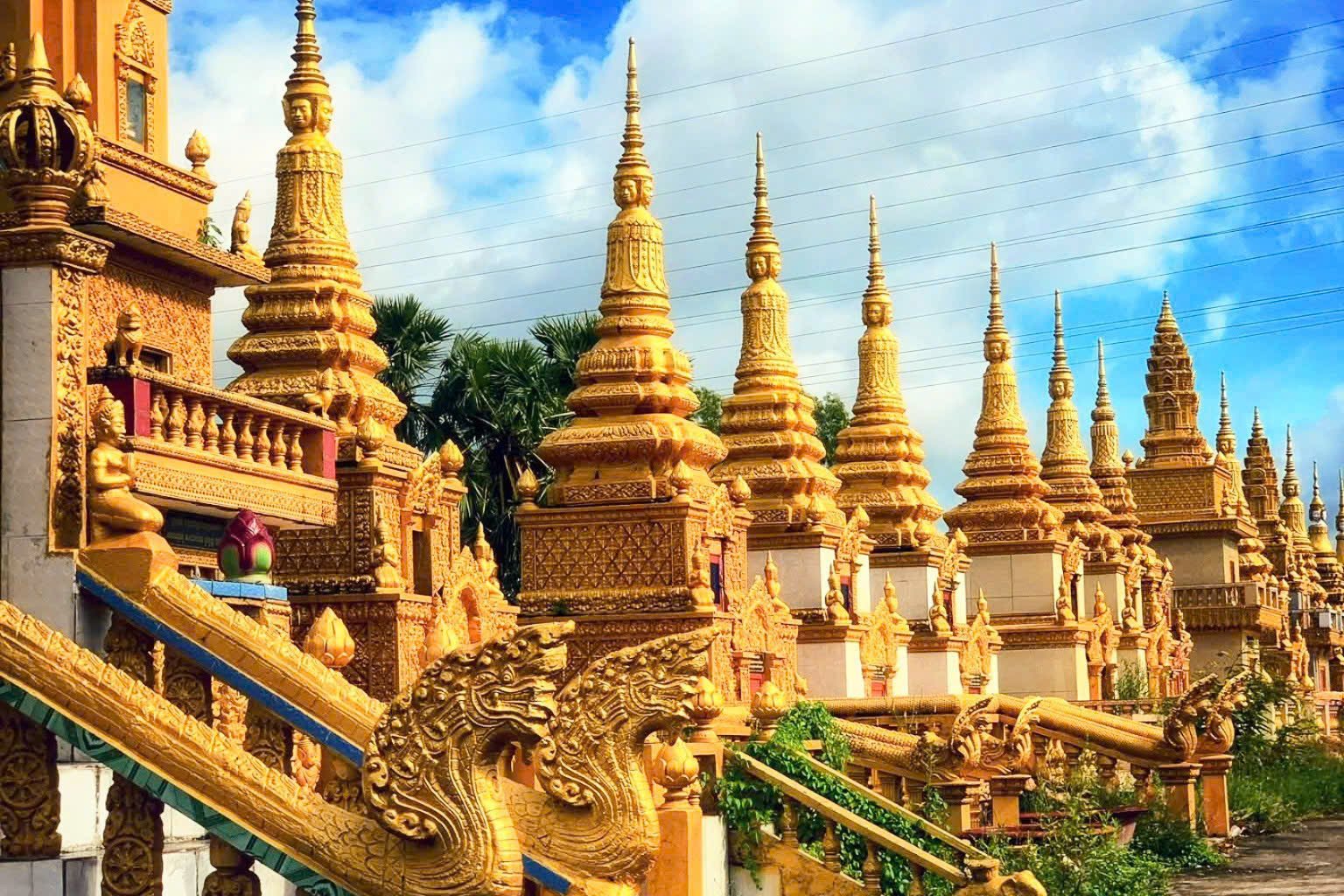
Similarly, according to cultural researchers, in addition to their religious values, the pagodas, temples, and cathedrals in An Giang also have strong artistic elements. From the tiled roofs, statues to the reliefs, they all contain aesthetic quintessence, becoming priceless cultural treasures. This is also an important resource for the development of spiritual and cultural tourism, making An Giang a prominent destination on the national pilgrimage map.
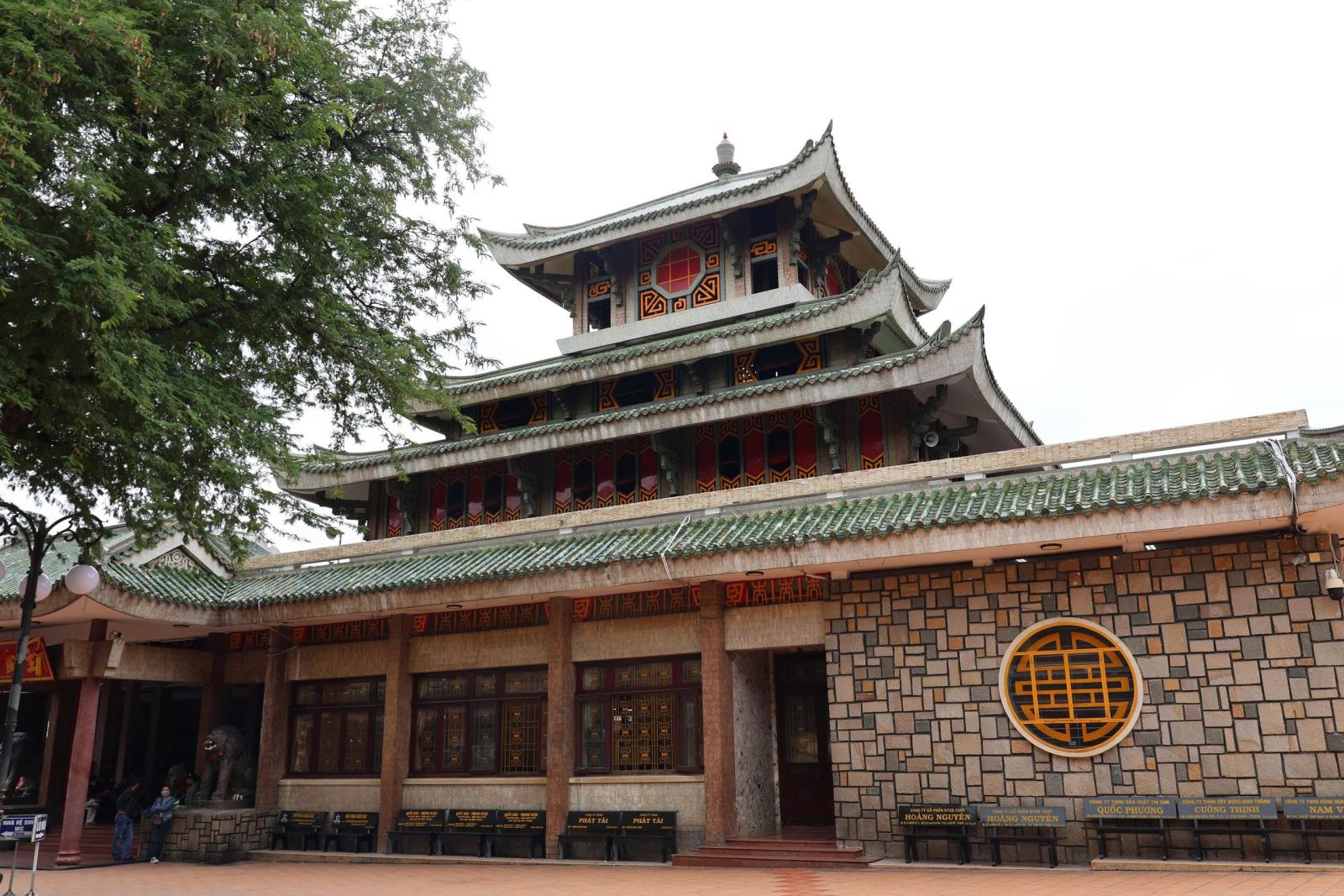
Mr. Nguyen Phong, a tourist from Ho Chi Minh City, said that in the majestic natural space of Cam Mountain, Sam Mountain or along the Hau River, stopping at a pagoda, looking at the Buddha statue, listening to the bells, he always finds a rare peace. It is these experiences that have created a unique attraction for An Giang tourism, making him and anyone who has been there want to come back to continue exploring this land.
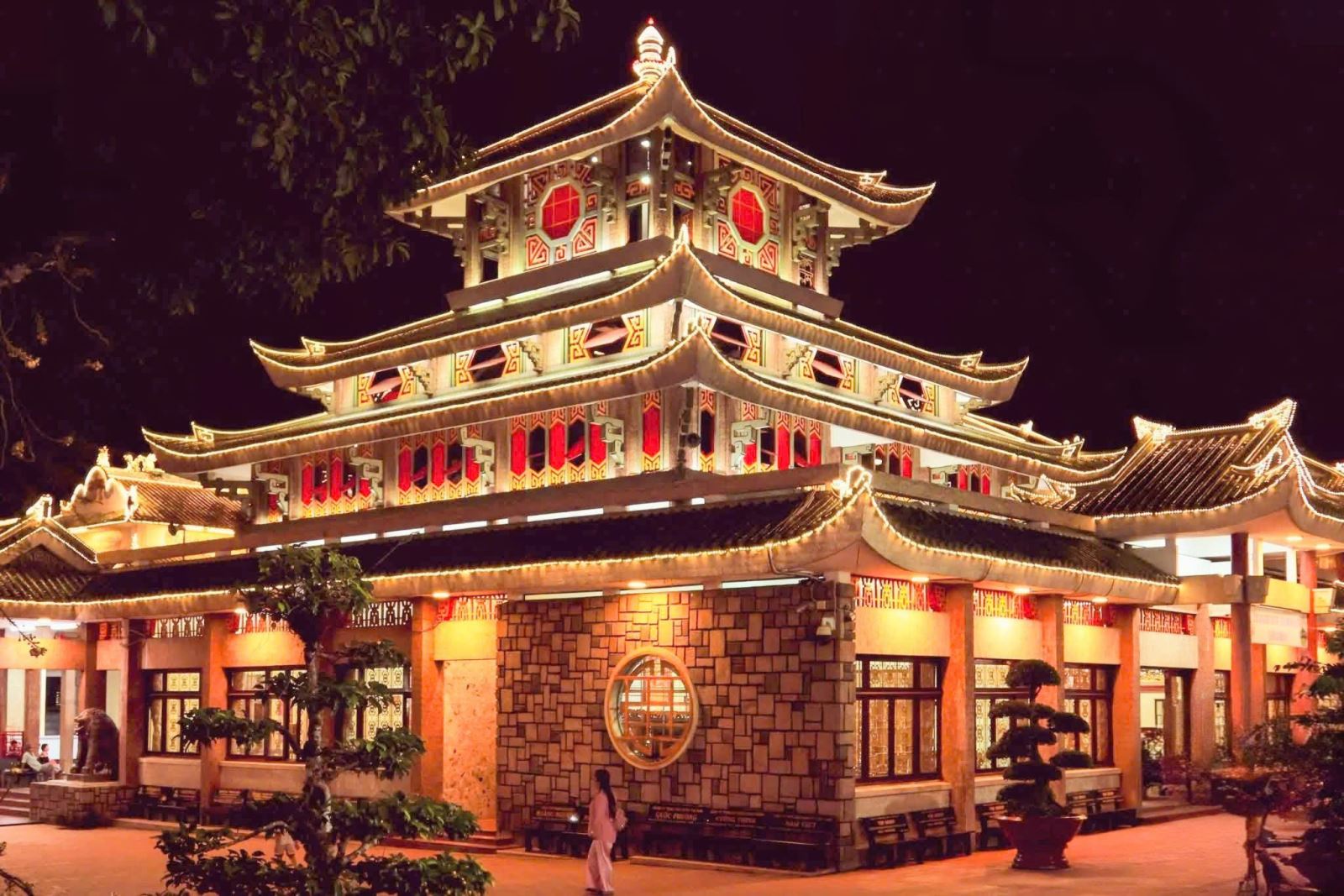
Today, with its diversity, uniqueness and profound cultural values, An Giang's spiritual architecture is not only the pride of the locality but also the common property of the entire Southern region. In the flow of sustainable tourism development, this place promises to continue to shine, becoming a destination chosen by domestic and foreign tourists when they want to find a culturally diverse and rich region.
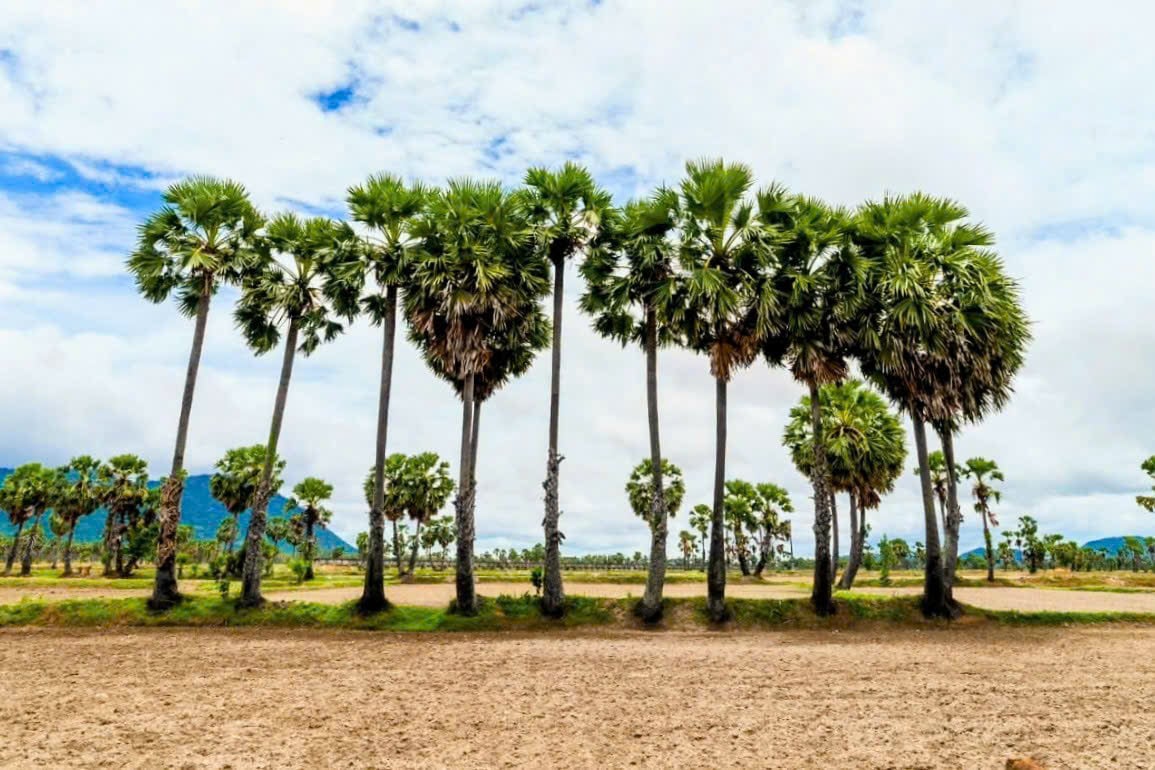
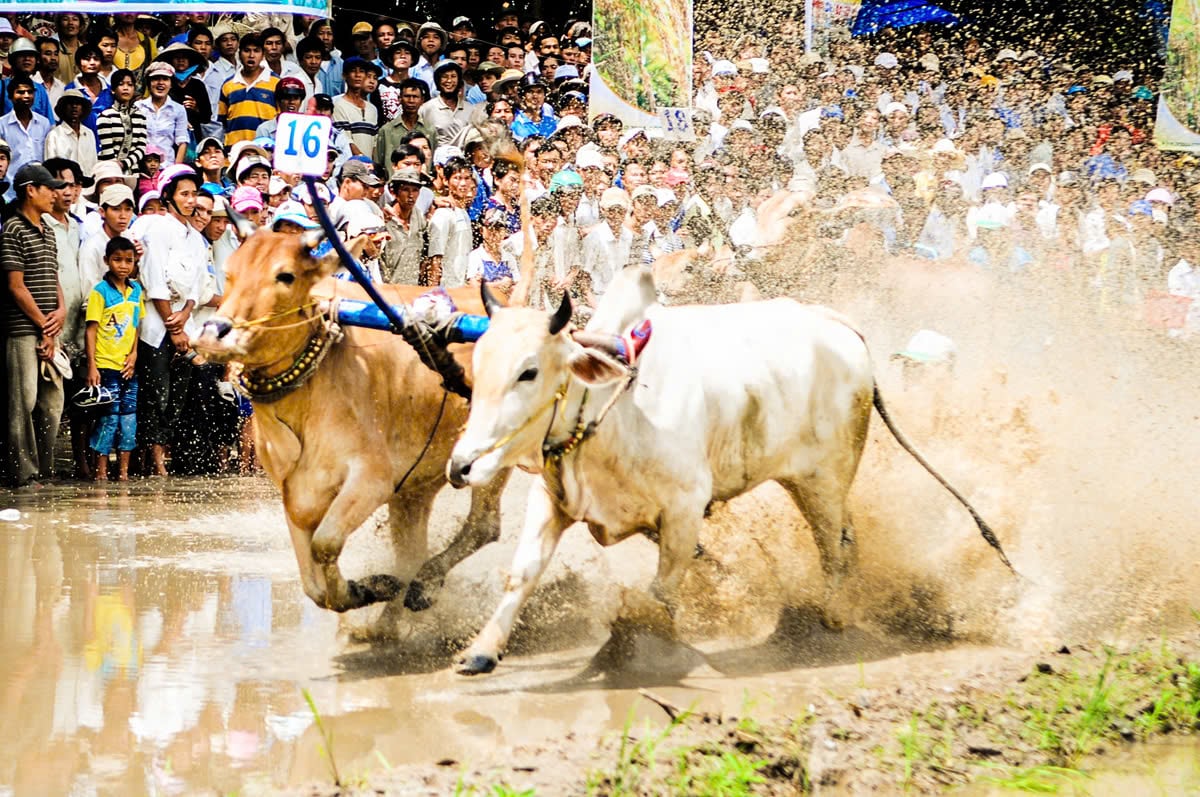
Source: https://baotintuc.vn/du-lich/du-khach-thich-thu-kham-pha-cac-kien-truc-van-hoa-du-lich-an-giang-20251003082522377.htm




![[Photo] Prime Minister Pham Minh Chinh chairs meeting to deploy overcoming consequences of storm No. 10](https://vphoto.vietnam.vn/thumb/1200x675/vietnam/resource/IMAGE/2025/10/3/544f420dcc844463898fcbef46247d16)
![[Photo] Students of Binh Minh Primary School enjoy the full moon festival, receiving the joys of childhood](https://vphoto.vietnam.vn/thumb/1200x675/vietnam/resource/IMAGE/2025/10/3/8cf8abef22fe4471be400a818912cb85)


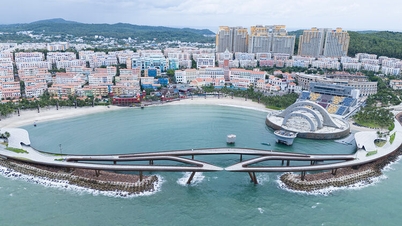

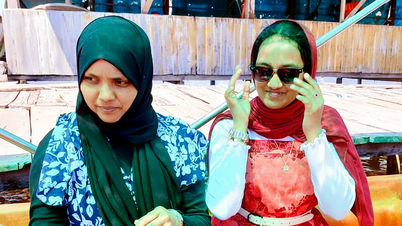




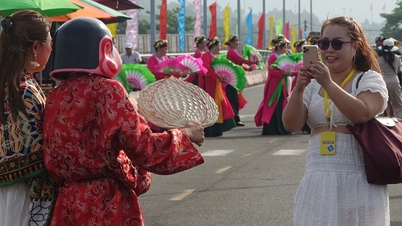
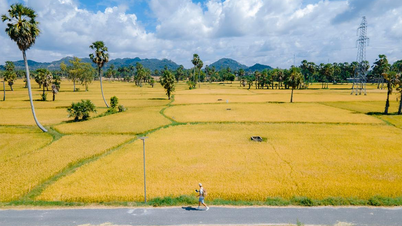

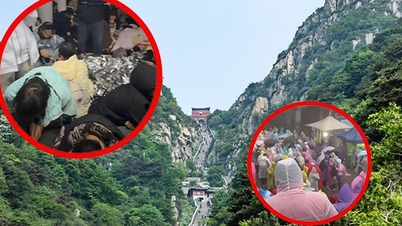

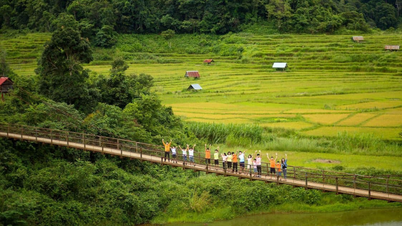

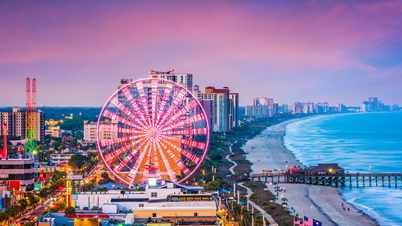






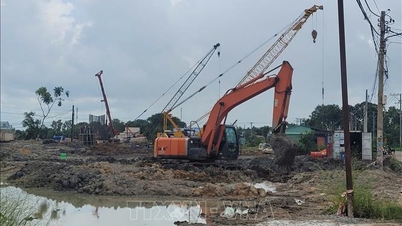
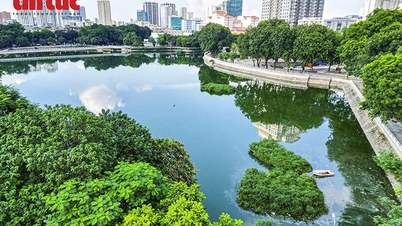

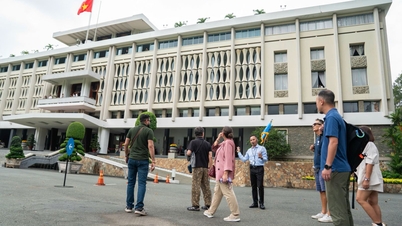















































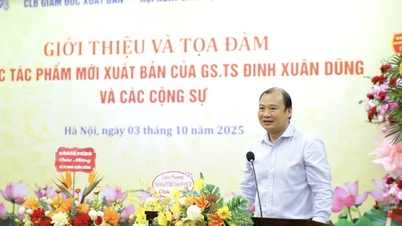


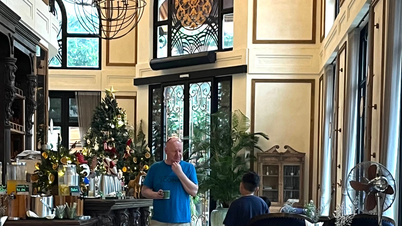

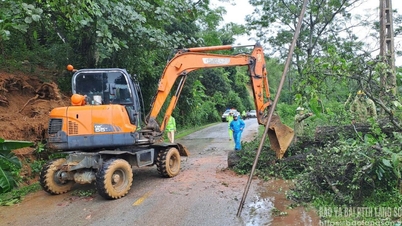



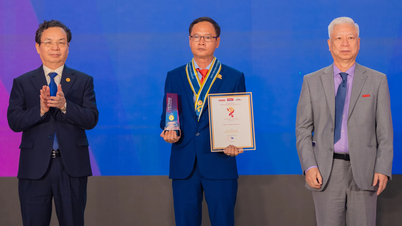


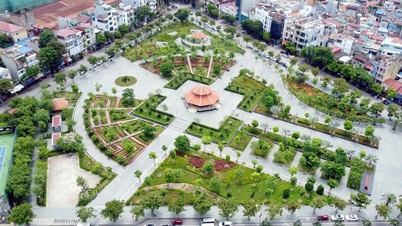













Comment (0)